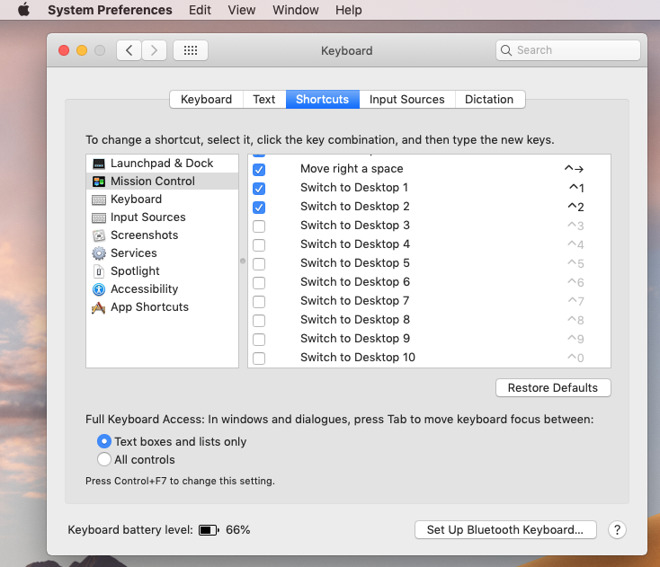Simulating Space Flight on a Mac Jeffery Adkins - 2003.06.06 Last year I began fiddling around with a program called A-OK! The Wings of Mercury, a computer program written by Joe Nastasi that completely simulates a Mercury space mission from the 1960s. Space Quest 1 is an adventure game with a text-based interface in which you are stranded in space after an alien attack, and you must figure out how to survive it. The game can be quite difficult at times, and failing to pick up an object at the. Before wiping the free space on your Mac using the command line, back up your data. Once you've backed up your data, open the Terminal app from the Applications Utilities folder. The amount that the system takes up is quite variable, depending on what you install. My Library and System folders combined are 2 GB, then you have to add the size of all the standard applications, the Mac OS 9 system folder if you have Classic, the invisible system files (I can't remember how much space they use), and the Developer folder if you want that.
| Click here to return to the 'Spaces in file and directory names' hint |
Your default shell should be set up for tab-completion, which makes typing these ghastly escape sequences easier (i.e., helps to make all those backslashes).
Tab-completion is really useful anywhere in the shell though... all it means is that when you've typed part of a word and then push 'tab', the shell will try to complete the rest of the word in an intelligent way. For example, let's say you have a directory with the files:
aFile
anotherFile with Spaces in THe NAME
doc1
doc2
Let's say you want to use the 'less' command to view the contents of aFile. You can type...
less aFile
less aF[tab]
In the 2nd case, after typing those two unique letters and tabbing, the rest of the file name will be completed.
If you want to do something with that 2nd file with the scary name, it's easy to just type:
less an[tab]
And it will fill in all the junk necessary for you.
For the 3rd and 4th files, since their names are so similar you really just need to type out the full names...
I hope this is news to someone ;)
Just realized that I forgot to mention how this works with directory navigation. Here's an example:
to do this properly:
cd /Users/username/temp/directory with spaces
you could type this:
cd /U[tab]/use[tab]/temp/dir[tab]
The tab positions are completely arbitrary. As long as what you've typed is unique the shell will know what to fill in. The win here really comes with the last directory name.
You have to complete each directory name in the path. It will complete the name of a directory in the path you've specified so far. (ie. cd /U[tab] will complete to cd /Users)
Sammiches In Space Mac Os 11

Sammiches In Space Mac Os Download
I have always just put the * symbol in place of spaces and that has worked fine for me. That way You can use directories with spaces in them.
Sammiches In Space Mac Os Catalina
I have no idea why I tried this, but when I ran into the space problem, I just surrounded the title in question with double quotes, as in CD /Users/unohoo/'My files' and it worked fine repeatedly.

